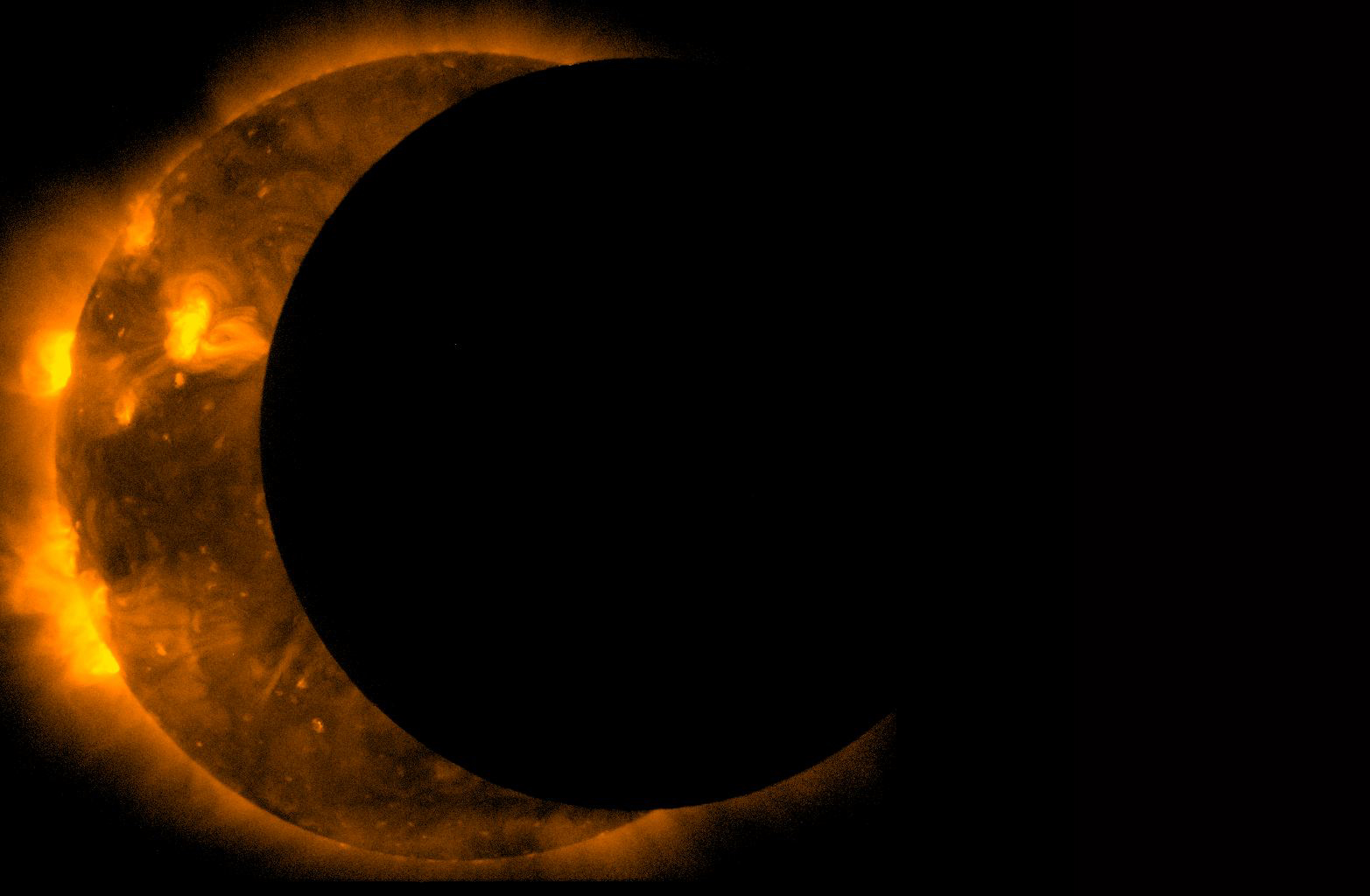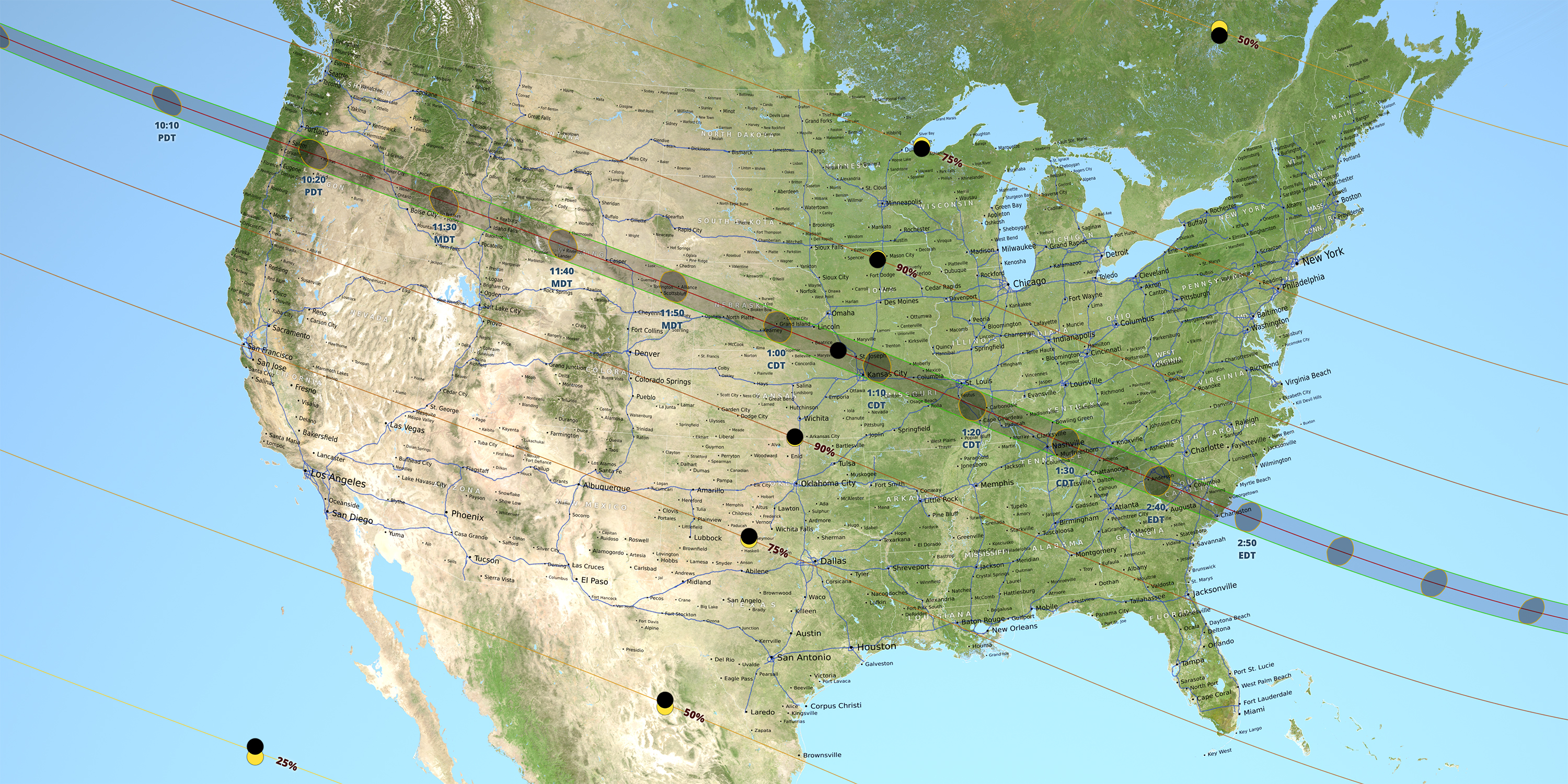Dark Science: Total Solar Eclipse Gives Researchers Brief Window

During the Aug. 21, 2017 total solar eclipse, 11 teams of NASA-sponsored researchers will soak up as much science as they can — in less than 3 minutes.
A total solar eclipse is a rare and unique event. When the disc of the moon completely covers the sun, it reveals previously hidden features of the star and casts Earth into a strange, otherworldly twilight in affected areas. Many spectators describe total eclipses as "life changing," and so-called "eclipse chasers" travel around the globe to take in the awesome beauty.
But eclipses are valuable for more than just the awe they inspire. There is information about the sun that scientists can gather only during a total solar eclipse. So NASA is funding 11 science experiments that will use "the total solar eclipse to observe our sun and Earth, test new instruments, and even leverage the skills of citizen scientists to expand our understanding of the sun-Earth system," according to a statement from the agency. [Total Solar Eclipse 2017: Path, Viewing Maps and Photo Guide]
A total solar eclipse occurs when the face of the moon completely covers the sun's central disk. With the bright light from the sun's disk subtracted, observers can see the much dimmer atmosphere of the sun, called the corona.
Telescopes and satellites used to study the sun will often employ an instrument called a coronagraph to achieve a similar effect, blocking out the light from the sun's disc to reveal the corona. But those instruments can't completely replicate the natural science experiment created by a total solar eclipse, according to the statement from NASA.
"A phenomenon called diffraction blurs the light near the disk in a coronagraph, making it difficult to get clear pictures of the inner parts of the corona, so total solar eclipses remain the only opportunity to study these regions in clear detail in visible light," NASA officials said in the statement. "In many ways, these inner regions of the corona are the missing link in understanding the sources of space weather, so total solar eclipses are truly invaluable in our quest to understand the sun-Earth connection."
Unfortunately, the moon completely covers the disc of the sun for only a few minutes at most, and this eclipse is visible only from a relatively small geographic area, known as the "path of totality." The 2017 eclipse will cross the continental U.S. from coast to coast and will be "one of the best-observed eclipses to date," the statement said. (Only people in the path of totality will see a total eclipse, although a partial solar eclipse will be visible from the entire U.S.)
Breaking space news, the latest updates on rocket launches, skywatching events and more!
Six of the NASA-funded studies focus on understanding the sun. One experiment will take place aboard an airplane, because airborne experiments can get above Earth's atmosphere, which typically distorts light from objects like the sun. Another experiment will investigate an approach for citizen scientists to measure the polarization of the solar corona during the eclipse. (The polarization of light refers to the orientation of the light waves and can reveal information about what's happened to the light waves before they reach the viewer.)
NASA will also fund five Earth-centric studies.
"Total solar eclipses are also an opportunity to study Earth under uncommon conditions," the statement said. Eclipse observers have reported strange things happening when the eclipse suddenly darkens the landscape, including nocturnal animals emerging during the day.
"The sudden blocking of the sun during an eclipse reduces the light and temperature on the ground, and these quick-changing conditions can affect weather, vegetation and animal behavior," the statement said.
Two studies will take advantage of the eclipse to study the ionosphere, a layer of the Earth's atmosphere that begins at about 50 miles (80 kilometers) above the planet's surface. Another study will take a general look at Earth's land and atmospheric response to the eclipse.
There will be many other groups conducting science experiments during the eclipse, said Jay Pasachoff, an avid eclipse chaser and professor of astronomy at Williams College in Massachusetts. You can learn more about the 2017 total solar eclipse, including where to see it, here at Space.com.
Follow Calla Cofield @callacofield. Follow us @Spacedotcom, Facebook and Google+. Original article on Space.com.
Join our Space Forums to keep talking space on the latest missions, night sky and more! And if you have a news tip, correction or comment, let us know at: community@space.com.

Calla Cofield joined Space.com's crew in October 2014. She enjoys writing about black holes, exploding stars, ripples in space-time, science in comic books, and all the mysteries of the cosmos. Prior to joining Space.com Calla worked as a freelance writer, with her work appearing in APS News, Symmetry magazine, Scientific American, Nature News, Physics World, and others. From 2010 to 2014 she was a producer for The Physics Central Podcast. Previously, Calla worked at the American Museum of Natural History in New York City (hands down the best office building ever) and SLAC National Accelerator Laboratory in California. Calla studied physics at the University of Massachusetts, Amherst and is originally from Sandy, Utah. In 2018, Calla left Space.com to join NASA's Jet Propulsion Laboratory media team where she oversees astronomy, physics, exoplanets and the Cold Atom Lab mission. She has been underground at three of the largest particle accelerators in the world and would really like to know what the heck dark matter is. Contact Calla via: E-Mail – Twitter

